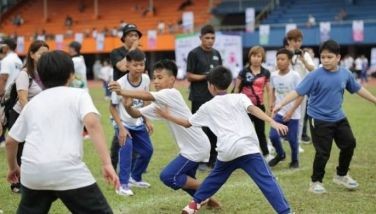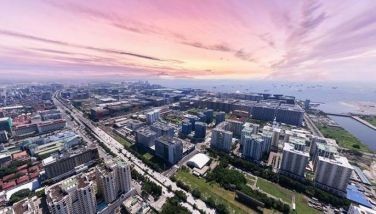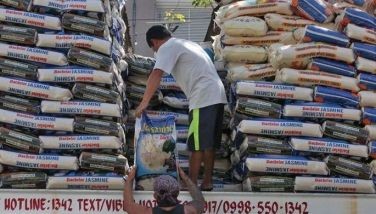US troops kill five Iraqi militants in Sadr City raid
How can miners be allowed to destroy water catchment areas when it is well known that the country’s population is expected to rise from 86 million to 150 million by 2036?
Where will the food come from when key agricultural and marine resources are damaged or destroyed?
These are questions being asked by Antonio M. Claparols, president of the Ecological Society of the Philippines (ESP) as he pointed out that Midsalip, Zamboanga del Sur is becoming a classical example of all that is wrong with mining – inevitable environmental damage and human right abuses.
According to Claparols, the essential criteria and the necessary checks and balances for the development of the extractive industries are not yet in place in the
He noted that while there are existing laws to protect the environment and human rights, they are not being enforced. In some cases, he said laws are undermined when the agencies which are supposed to protect human rights are actually used to promote mining.
The ESP head pointed out that the patrons of mining are political figures who will themselves benefit most next to the mining companies and their stockholders.
“The issue of patronage and partiality is even more worrying when one considers that the special niche that has been given to mineral promotion with the creation of the Minerals Council within the Office of the President. This too is at the root of the problem where national and local interests converge and conflict,” he added.
- Latest



























